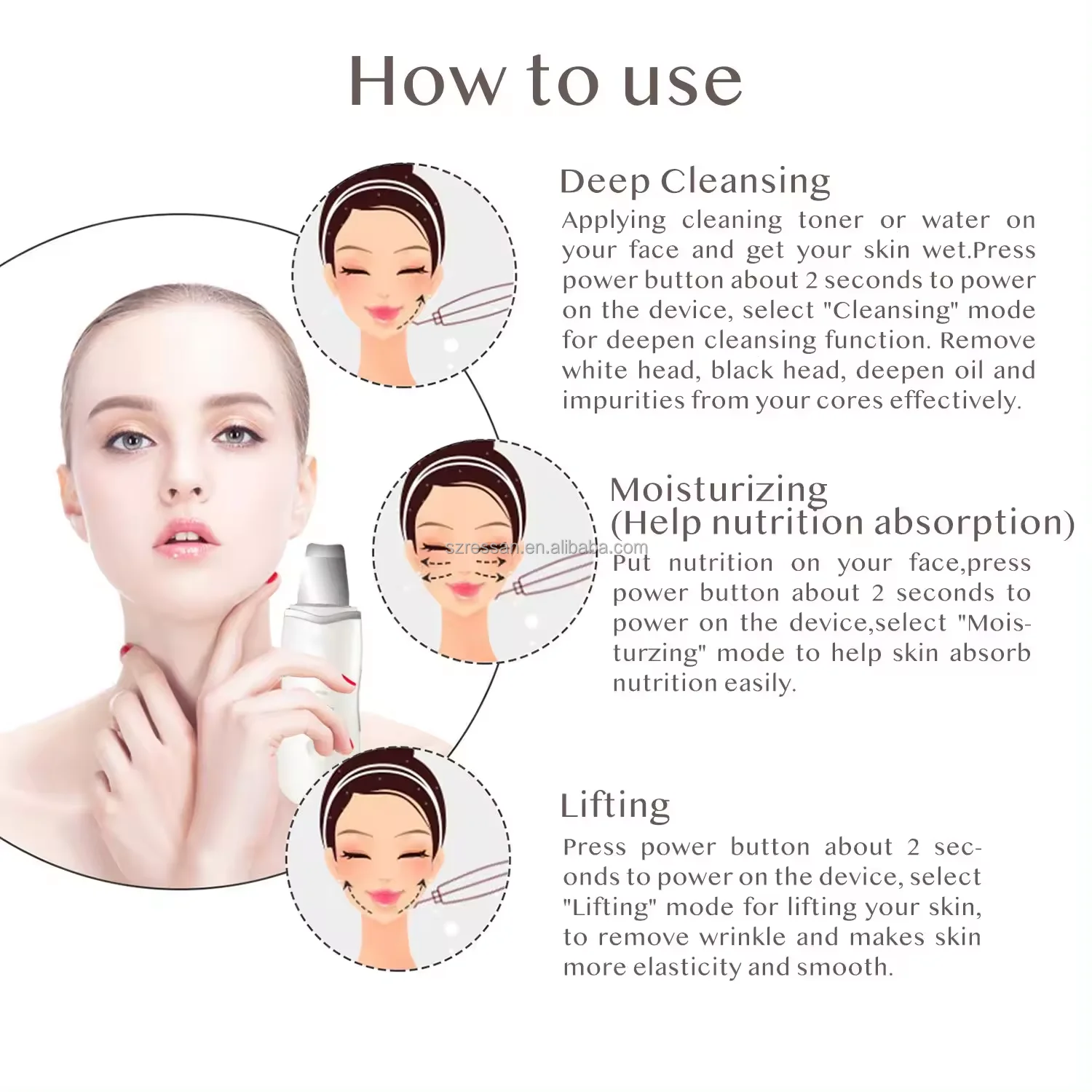Discover Which Facial Feature Makes People More Attractive: Unlocking the Secrets of Beauty
Guide or Summary:IntroductionThe Science of AttractivenessKey Facial FeaturesCultural Influences on AttractivenessPsychological Aspects of Attractiveness……
Guide or Summary:
- Introduction
- The Science of Attractiveness
- Key Facial Features
- Cultural Influences on Attractiveness
- Psychological Aspects of Attractiveness
---
Introduction
In the quest for beauty and attraction, one question often arises: **which facial feature makes people more attractive**? This inquiry has intrigued scientists, psychologists, and the general public alike. Understanding the elements that contribute to perceived attractiveness can provide insights into human relationships, social dynamics, and even personal confidence. In this article, we will explore various facial features that are commonly associated with attractiveness and delve into the science behind these perceptions.
The Science of Attractiveness
Attractiveness is not merely subjective; it is influenced by biological, cultural, and psychological factors. Research has shown that certain facial features are consistently rated as more attractive across different cultures. For instance, symmetry is often highlighted as a key component of beauty. Faces that are symmetrical tend to be perceived as more attractive because they are associated with genetic health and fitness.
Key Facial Features
When discussing **which facial feature makes people more attractive**, several key elements come into play:

1. **Eyes**: The eyes are often considered the windows to the soul. Large, well-defined eyes can evoke feelings of warmth and trust. The color of the eyes can also play a role; studies suggest that blue and green eyes are often perceived as more attractive in certain cultures.
2. **Lips**: Full, symmetrical lips are frequently associated with youth and vitality. The shape and size of lips can influence attractiveness, with many people favoring a well-defined cupid's bow. Additionally, the color of the lips can enhance their appeal, with natural or slightly enhanced shades being preferred.
3. **Skin**: Clear, smooth skin is universally admired. It reflects health and youthfulness, making it a crucial factor in attractiveness. Factors such as skin tone, texture, and even the presence of freckles or moles can influence perceptions of beauty.
4. **Jawline**: A strong, well-defined jawline is often associated with masculinity and strength in men, while a softer jawline can convey femininity and gentleness in women. The contour of the jaw can significantly impact how attractive a face is perceived to be.

5. **Nose**: The shape and size of the nose can also affect attractiveness. While preferences vary, a straight and proportionate nose is often seen as more appealing. The nose's relationship with other facial features is crucial in determining overall harmony.
Cultural Influences on Attractiveness
It’s essential to recognize that perceptions of attractiveness can vary significantly across different cultures. For example, while some cultures may favor lighter skin tones, others may celebrate darker complexions. Additionally, beauty standards can change over time, influenced by media, fashion, and social trends.
Psychological Aspects of Attractiveness
The psychology behind attractiveness is equally fascinating. People often associate certain facial features with positive personality traits. For instance, individuals with larger eyes may be perceived as more kind and approachable, while those with strong jawlines may be seen as confident and assertive. These associations can influence interpersonal relationships and social interactions.
In conclusion, the quest to determine **which facial feature makes people more attractive** is complex and multifaceted. While certain features like eyes, lips, skin, jawline, and nose play significant roles in attractiveness, cultural and psychological factors also contribute to our perceptions. Ultimately, beauty is subjective, and what one person finds attractive may differ from another's perspective. Embracing diversity in beauty standards can lead to a more inclusive understanding of attractiveness, reminding us that true beauty often lies in the eye of the beholder.

By understanding these factors, individuals can enhance their self-confidence and appreciate the unique features that make them attractive in their own right.